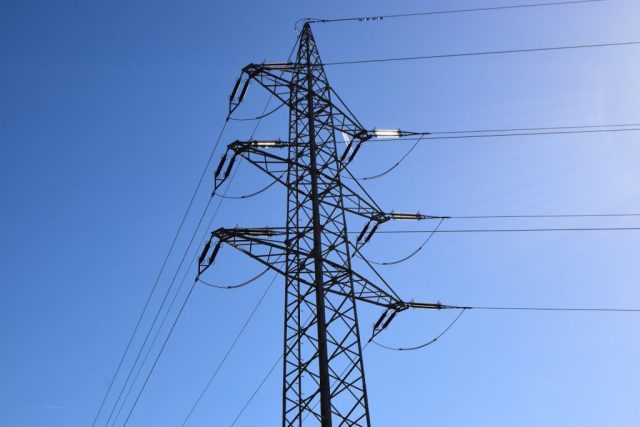Data management, responsiveness, and efficiency are the main focuses of power system utilization and setting new energy target. When consumption spikes or conserving energy is required, smart grid storage should assist consumers in energy conservation and reduction, hence improving system dependability. Energy policy is in line with our country’s security issues; therefore, innovative energy technologies enable the sustainable energy requirement.
Power lines are a crucial problem in addressing the transformational challenge of vital electrical power infrastructures, which the administration can appropriately assist in terms of policy and management. The existing grid standard for electrical infrastructure is driven by technology that dates back to the turn of the twentieth century (Energy Information Administration). Originally, 4000 independent electricity companies owned and controlled local networks. Subsequently, the power company sector developed recommendations to assure collaboration for connected interconnection activities. Following a massive blackout in New York, a huge area of the East Coast, and sections of Canada in 1965, these voluntary criteria were established.
Millions of megawatts of wind energy systems are halted or postponed due to transmission line constraints across states, whereas many solar power installations face similar issues. Long-distance transmission system, for instance, seems to have been a key impediment to the successful implementation of renewable energy standards in several parts of the United States. Furthermore, the power grid is thought to be a constraint for electrical transmission lines. California, for example, had power outages in 2001 because to transmission constraints.
Setting New Energy Targets
To tackle the demand for grid transition, the power company’s objective is to use the following online web architecture. The Internet web of a smart grid, functions as an electric device of a neural net that analyzes, reacts to, and manages the electricity required by customers. To deploy energy, regulate the flow of energy mechanism, and disseminate control throughout the technology, the network control system functions on a global level. To illustrate the core network system’s data active monitoring rebounds from a power outage by avoiding it. This restoration is a characteristic of a self-healing electricity network that has piqued researchers’ curiosity.
The notion of distributed control is used in the flow of information throughout the Internet online platform, in which the website hosting system or an authorized computer server functions independently under a worldwide standard. Clients will benefit from lower costs by using the Internet to properly control the power grid due to the information processing capabilities of contemporary Internet web technologies.
Best Consumer Choice
The customer chooses more effective energy solutions over much more expensive ones, resulting in energy effectiveness. A smart grid can assist utilities in identifying and reducing power dissipation. The smart grid can effectively control its interaction with customers. The nerve network in the Internet web of a smart grid will be both flexible and cost-effective for energy users, power generating owners, purchasers, and dealers to expand the capabilities of power purchases. Supply–demand coordinating would be provided via an electrical system, which would be integrated in the grid to dispatch power.
There are 500 owners of transmission and distribution lines now, as well as several property owners (Energy Information Administration). The coordination is mostly across three major interconnectivities (Western interconnection, Eastern interconnection, and Texas interconnection), and the Federal Energy Regulatory Commission coordinates their grid systems.
- The Importance of Personal Protective Equipment (PPE) in Various Industries - April 6, 2024
- The Benefits of Renting a Private House - April 2, 2024
- How to Ensure Great Product Quality When Starting a Small Business - April 1, 2024


